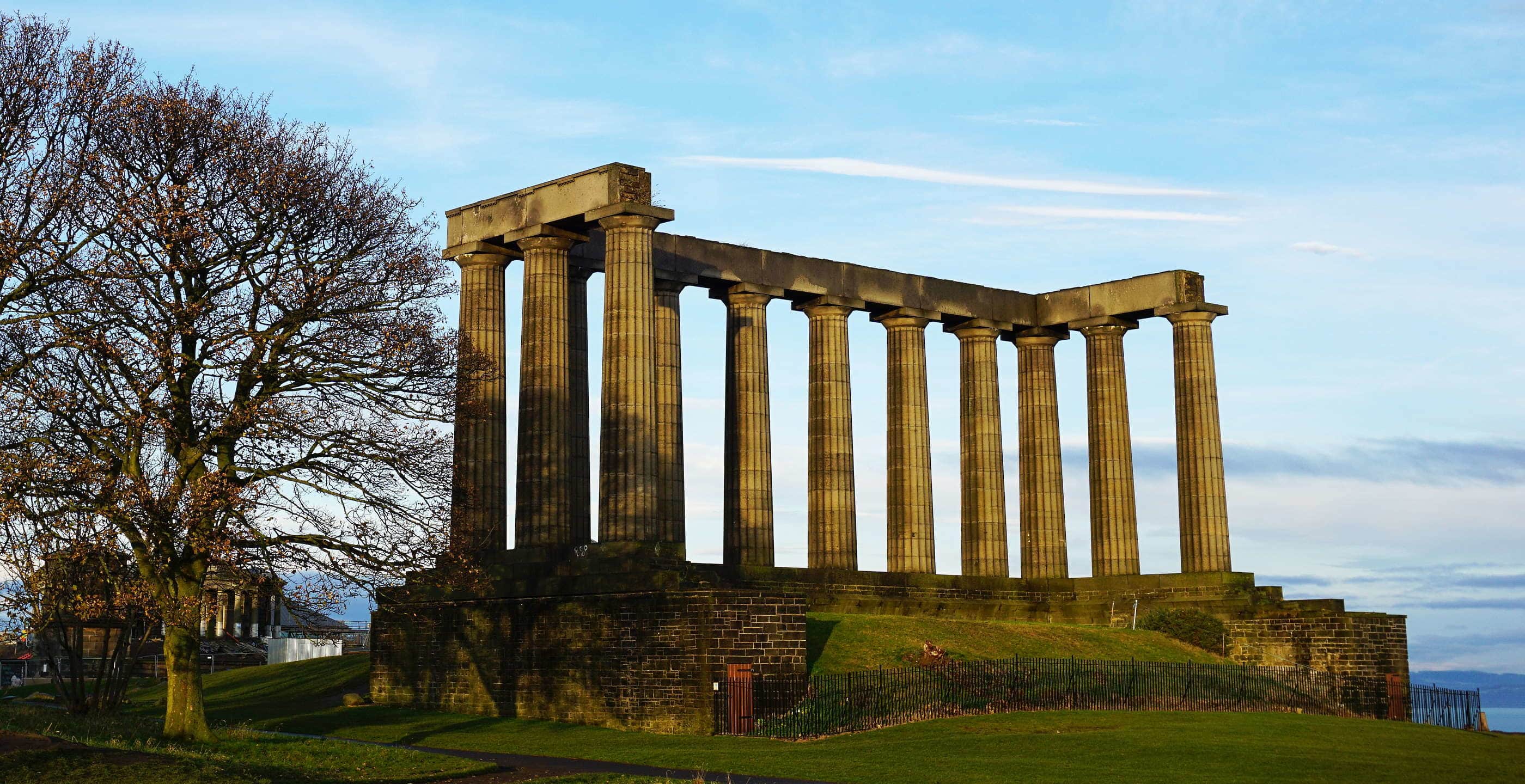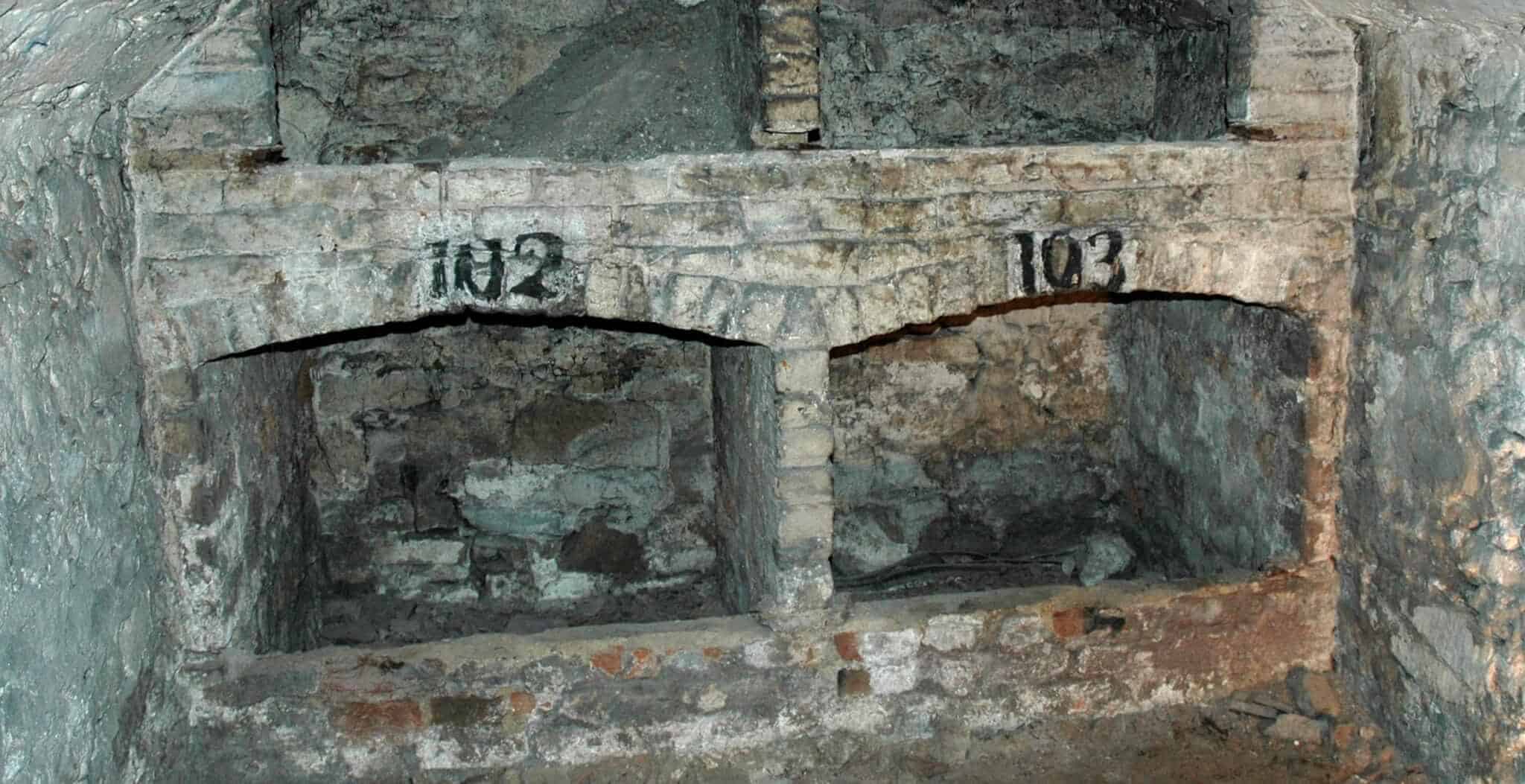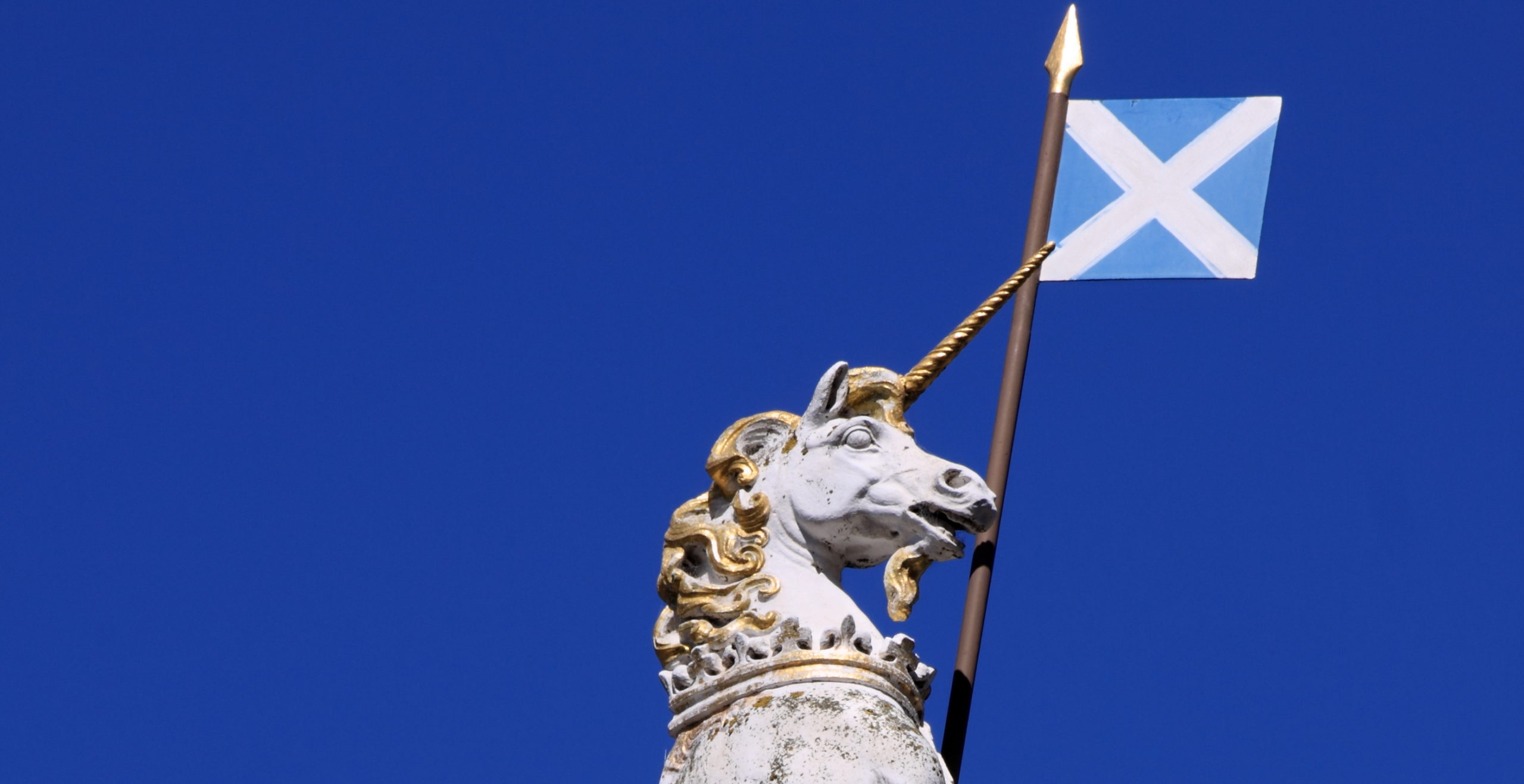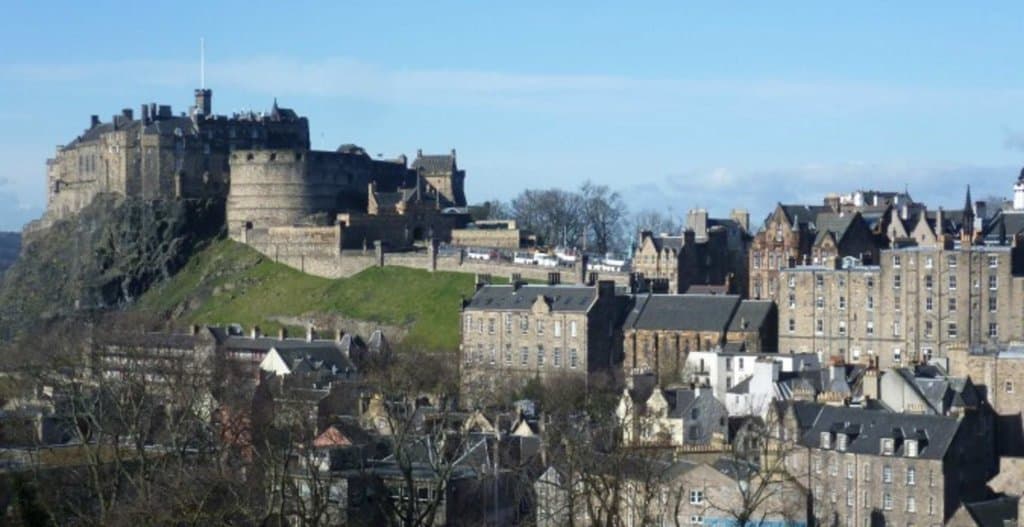Most famously called by its resident architect the ‘pride and poverty of us Scots’, the National Monument of Scotland is one of the iconic landmarks of Edinburgh. History has attached many other labels to the ruinesque Parthenon of Calton Hill such as “folly” or “disgrace”, proclaiming it a Scottish failure at besting classical Athens. The monument’s history from its conception to its abandonment in 1829 is a fascinating tale of political, social and of course aesthetic struggles.
In 1815 a monument to commemorate the dead of the Napoleonic Wars (1803-1815) was proposed to be erected in London. Soon followed proposals for similar monuments in Dublin and Edinburgh to help those unable to reach the capital, to have access to at least one of the other two memorials. The idea of a National Monument in Edinburgh was suggested by the Highland Society of Scotland in 1816, who also considered it as a way to promote Scottish interests within the British scene. The government made clear from the beginning that there would be no allocation of public funding, which led the National Monument Committee in Edinburgh to propose a national church as the Scottish monument, in order to attract a grant of £10.000 through the 1818 Church Act. The expectations for this grant were never realized.
The Politics of the Monument.
After a competition, two plans for the prospective monument gathered attention: Archibald Elliot’s Pantheon-style church and Robertson’s/Lord Elgin’s plan for a facsimile of the Parthenon. Elliot considered the spherical form of his plan ideal for commemorative monuments, but his critics claimed that a Pantheon-style church would not be inclusive, as it celebrated military merit over the intellectual achievements that a Parthenon could commemorate.
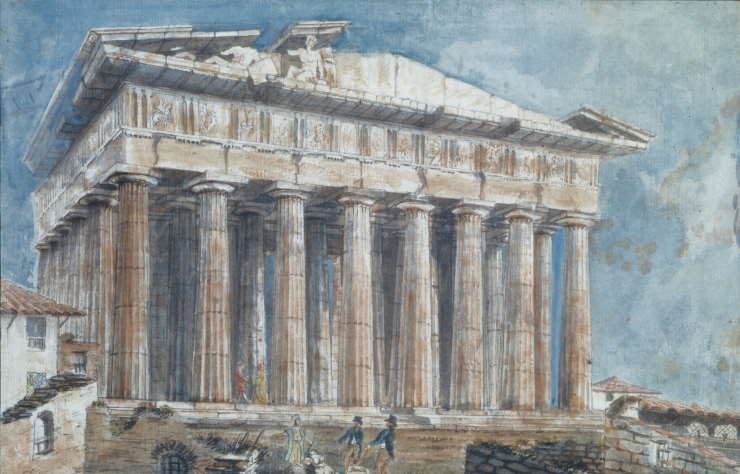
Lord Elgin’s (Thomas Bruce, 7th Earl of Elgin) role was central in the history of the National Monument. After bringing the Parthenon Marbles from Athens, Elgin had almost gone bankrupt and had fallen foul of many of his contemporaries who considered his act to be barbaric. By promoting the Parthenon plan, Elgin sought to link his name with the glory of ancient Athens and put an end to the accusations of his contemporaries. In general, the Pantheon was backed by Tories as a monument to the ‘Scottish armed nation’ and the Parthenon by Whigs, as ‘a symbol of civilized Scotland’.
Despite the Pantheon initially winning the competition, Elliot’s plan was attacked for over a year by the Whig press until a crucial meeting of subscribers in June 1821. There, Jeffrey and Cockburn, prominent Whigs of the time, supported the Parthenon on the basis of its picturesque qualities and intellectual connotations, winning the majority.
The Parthenon was also selected as a result of the idea, widespread at the time, that Edinburgh was the Athens of the North. This idea was supported by the intellectual achievements of the Scottish Enlightenment and extended even to observable geographical similarities between ancient Athens and modern Edinburgh, such as its proximity to sea and the dominant position of its hills. A Parthenon was an excellent way of solidifying the title of New Athens and Calton Hill was destined to become the New Acropolis.
In 1822 Lord Elgin invited Charles Cockerell to be the lead architect, while William Henry Playfair assumed the role of resident architect. Cockerell, an English archaeologist and architect, had studied the Parthenon in Athens which made him perfect for the endeavor at hand, while Playfair, a pioneer of the Greek Architectural Revival, would be a Scottish representative.
Immediately the architects were called Ictinus and Callicrates, after the Greek co-architects of the original Parthenon, and they set to work on ‘restoring the Parthenon on Calton Hill’.
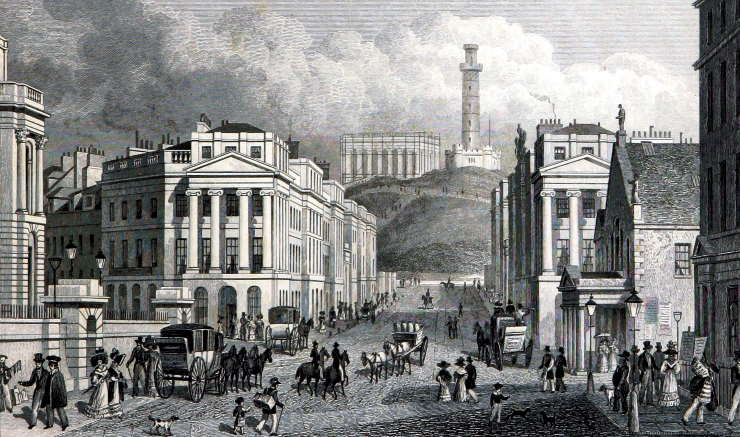
The construction begins.
In January 1822 the erection of a facsimile of the Parthenon was announced with an estimated budget of £42,000 but six months later, the subscriptions had not surpassed £16,000. However, no one really worried, and the plans continued. The Parthenon was planned to include catacombs, to become a burial place for prominent figures of the time. In that way it was intended as an answer to Westminster Abbey: a Scottish Valhalla. It was further expected that with the immediate selling of burial spaces in the catacombs, a large amount of money could be collected to compliment subscriptions.
The founding of the monument was programmed for King George IV’s visit in 1822, but the King preferred to go shooting with some of his Scottish noblemen. Despite expectations that His Majesty’s visit would raise enthusiasm for the monument, in the end the King left as much trace on the city as his ship did on the waters of Forth after sailing. Construction works began in 1826 and the workmanship was of the finest quality. The raw material was Craigleith stone and it took “twelve horses and 70 men to move some of the larger stones up the hill”. The result of such an expensive and demanding enterprise led to a halt in 1829, as there were no more funds and only a small fraction of the work had been completed. The result is still visible on Calton Hill; a part of the stylobate, twelve columns and the architrave.
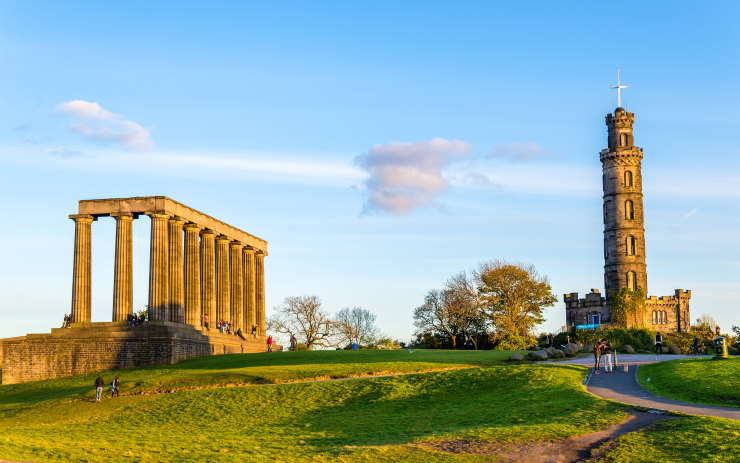
Reasons behind the failure.
The failure of the monument was not simply the result of bad financial management. In reality, it fell victim to a shift that occurred in post-Napoleonic War Britain, whereby the Greek Revival (the artistic movement inspired by classical antiquity) fell out of fashion. Around the same time, classical architecture in Scotland became a symbol of English imperial might and many Scots began turning to their medieval legacy in search for an authentic expression of their cultural identity. Within this climate, the Parthenon appeared irrelevant and lost crucial financial support which led to its abandonment. A monument designed to unite the nation, the National Monument of Scotland was now divisive and even perceived by many as ‘unscottish’.
Today the incomplete, ruinesque appearance of the National Monument is now considered such an organic part of Calton Hill’s landscape that in 2004, one of the responses to an architect’s plans to use Tibetan-style flagpoles in the place of the missing columns of the Parthenon, was that the “People in Edinburgh seem to like the hill the way it is and have always opposed plans to change it. It only seems like architects that want to do something”. It appears that Edinburgh’s ‘disgrace’ in its current form has stood the test of time to become accepted by the locals and Calton Hill would not be the same without it.
Antonis Chaliakopoulos is an Archaeologist and Museologist. He is interested in the reception of classical art and art theory.
Published: 12th February 2020.
Selected tours of Edinburgh
